That picture-perfect moment of galloping across an open field on your very own horse captures the imagination of many would-be equestrians. But behind that idyllic image lies a complex financial reality that surprises even the most prepared horse enthusiasts. Understanding the true horse cost involves looking beyond the initial purchase price to the ongoing financial commitment that comes with responsible horse ownership.
If you’re considering bringing a horse into your life, you’re probably wondering, “How much does a horse cost?” The answer extends far beyond the price tag at purchase. From daily care expenses to unexpected veterinary emergencies, the cost of owning a horse encompasses a wide range of financial responsibilities that continue throughout your horse’s life.
In this comprehensive guide, we’ll break down the seven most shocking expenses associated with horse ownership that many prospective owners don’t fully anticipate. We’ll explore everything from the initial horse cost to the ongoing monthly horse expenses that make up the true horse maintenance cost. Whether you’re a first-time buyer or looking to add another equine to your family, understanding these costs is crucial for making an informed decision and providing the best care for your future four-legged companion.
The Initial Investment: Buying a Horse Cost
When most people think about horse cost, they immediately focus on the purchase price. However, the buying a horse cost varies dramatically based on several factors, making it difficult to provide a one-size-fits-all answer to “how much does a horse cost?”
Factors Affecting Horse Cost
According to the American Association of Equine Practitioners (AAEP), several key factors influence the initial horse cost:
- Breed and Bloodlines: Prestigious bloodlines in breeds like Thoroughbreds, Warmbloods, or Quarter Horses can significantly increase price.
- Age: Horses in their prime (5-15 years) typically command higher prices than very young or senior horses.
- Training Level: Well-trained horses with specific skills (jumping, dressage, reining, etc.) cost substantially more than untrained horses.
- Show Record: Horses with successful competition histories command premium prices.
- Health Status: Horses with clean veterinary records are more valuable than those with health issues.
- Geographic Location: Regional market differences can affect prices significantly.
Breaking Down the Purchase Price Range
The average horse cost at purchase can range dramatically based on the factors above:
- Entry-Level Horses: $1,000-$3,000
- Older horses, horses with minor limitations, or horses with basic training
- May be suitable for beginners with proper guidance
- Recreational Riding Horses: $3,000-$10,000
- Well-trained horses suitable for pleasure riding
- Generally sound and with good temperaments
- Sport or Show Horses: $10,000-$50,000+
- Horses with specialized training and/or competition experience
- Suitable for specific disciplines like dressage, jumping, or western events
- Elite Performance Horses: $50,000-$1,000,000+
- Top-level competition horses or horses with exceptional bloodlines
- Professional-level training or proven performance records
According to a comprehensive market analysis by The Horse magazine, the median purchase price for recreational riding horses in the United States currently hovers around $5,000-$7,000, though this varies significantly by region and discipline.
Additional Purchase-Related Expenses
Beyond the actual horse cost, other immediate expenses include:
- Pre-Purchase Examination: $300-$1,500 depending on thoroughness and tests included
- Transportation: $0.75-$3 per mile for commercial shipping, potentially adding $500-$2,000 for long-distance purchases
- Initial Supplies: $1,000-$3,000 for basics like halters, lead ropes, blankets, grooming supplies, etc.
- Sales Tax: Varies by state but can add significant cost in states that apply sales tax to livestock purchases
Equine attorney Rachel Kosmal McCart notes in Equine Legal Solutions: “Many first-time buyers focus exclusively on the purchase price without accounting for these additional acquisition costs, which can add 15-30% to the initial investment.”
Shocking Expense #1: Boarding Costs Demystified
For most horse owners, particularly those without their own property, horse boarding cost represents the largest ongoing expense in the monthly horse expenses category.
Types of Boarding Arrangements
The University of Maine Cooperative Extension categorizes boarding options into several tiers, each with its own price structure:
- Self-Care/Pasture Board: $100-$400 monthly
- Provides basic land access and shelter
- Owner handles all care including feeding, watering, stall cleaning, and turnout
- Most affordable option but requires daily visits and substantial time commitment
- Partial-Care Board: $300-$700 monthly
- Typically includes feeding and basic care
- Owner still responsible for some aspects like exercise or specialized care
- Full-Care Board: $400-$1,200+ monthly
- All daily care provided (feeding, watering, stall cleaning, turnout)
- Basic facility access included (arena, trails, etc.)
- Premium/Training Board: $800-$2,500+ monthly
- All care plus additional services like exercise, training sessions
- Access to premium facilities and amenities
Regional Variations in Boarding Costs
The horse boarding cost varies dramatically by geographic location:
- Rural Areas: Generally 30-50% less expensive than national averages
- Suburban Areas: Typically align with national averages
- Urban/Metropolitan Areas: Can be 50-200% higher than national averages
For example, full-care boarding near New York City, Los Angeles, or Denver can easily exceed $1,500 monthly, while similar services in rural areas of Texas, Missouri, or Montana might cost $400-600.
Hidden Boarding Extras
Many boarding facilities charge additional fees beyond the base rate:
- Blanketing: $25-$100 monthly during cold seasons
- Supplement Administration: $0.50-$2 per supplement daily
- Holding for Vet/Farrier: $10-$50 per appointment
- Medication Administration: $5-$25 daily for horses requiring medication
- Extra Hay/Feed: Charges for feed beyond standard amounts
- Facility Fees: Some barns charge for arena use or special equipment
Equine management specialist Dr. Krishona Martinson from the University of Minnesota Extension advises: “When comparing boarding facilities, always ask for a detailed list of what’s included and what costs extra. The stall rate is rarely the complete picture of what you’ll actually pay monthly.”
Shocking Expense #2: Feeding Your Horse

The horse feed cost represents a substantial portion of monthly horse expenses, yet is frequently underestimated by new owners.
Basic Nutritional Needs
According to the Equine Science Center at Rutgers University, horses typically consume 1.5-3% of their body weight in feed daily, translating to approximately 15-30 pounds of feed per day for a 1,000-pound horse.
This typically includes:
- Forage (Hay or Pasture): Forms the foundation of equine nutrition
- Concentrates (Grain): Provides additional calories and nutrients when needed
- Supplements: Addresses specific nutritional needs or deficiencies
Breaking Down Feed Costs
The horse maintenance cost for feeding includes:
- Hay: $4-$20 per bale ($150-$300 monthly)
- Quality, type, and region dramatically affect price
- Drought conditions can double or triple hay prices in affected regions
- Concentrates/Grain: $20-$50 per bag ($80-$200 monthly)
- Performance or specialized feeds cost more than basic options
- Horses in work require more grain than idle horses
- Supplements: $20-$200+ monthly
- Joint supplements, hoof supplements, digestive aids, etc.
- Medical conditions may require specialized (expensive) supplements
Equine nutritionist Dr. Juliet Getty observes in her research published by Getty Equine Nutrition: “Feed cost represents approximately 30% of the total cost of horse ownership, but it’s the area where cutting corners can most directly impact your horse’s health and result in larger veterinary bills.”
Seasonal and Regional Variations
The horse feed cost fluctuates significantly:
- Seasonal Fluctuations: Hay prices often increase 25-100% during winter months or drought periods
- Regional Differences: Hay might cost $4-6 per bale in hay-producing regions but $15-25 in areas that must import hay
- Quality Variations: Premium hay for sensitive or performance horses can cost twice as much as standard options
Shocking Expense #3: Regular Health Maintenance
Routine health care represents a significant portion of the cost of owning a horse that remains relatively constant regardless of the horse’s value or use.
Essential Veterinary Care
The American Veterinary Medical Association (AVMA) outlines these recommended veterinary services:
- Annual/Bi-annual Examinations: $50-$250 per visit
- Vaccinations: $200-$500 annually
- Core vaccines (tetanus, rabies, EEE/WEE, West Nile)
- Risk-based vaccines depending on region and use
- Dental Care: $100-$300 per floating (1-2 times annually)
- Parasite Control: $100-$300 annually
- Fecal testing: $20-$50 per test
- Deworming medications: $15-$30 per treatment
Farrier Services
Hoof care is one of the most consistent monthly horse expenses:
- Basic Trim: $35-$80 every 6-8 weeks ($280-$680 annually)
- Shoes (Front Only): $80-$180 every 6-8 weeks ($640-$1,440 annually)
- Four Shoes: $120-$300 every 6-8 weeks ($960-$2,400 annually)
- Specialty Shoes/Pads: Can increase costs by 50-200%
Routine Wellness Testing
Many veterinarians recommend:
- Annual Bloodwork: $100-$300
- Fecal Testing: $20-$50 per test (2-4 times annually)
- Coggins Test: $35-$90 annually (required for travel in most states)
Equine veterinarian Dr. Thomas Seahorn, in collaboration with The Horse, notes: “Preventative care costs are the most predictable of all horse expenses, and also the most important for preventing more expensive emergency situations. These should be considered non-negotiable in any horse care budget.”
Shocking Expense #4: Emergency Veterinary Care
Perhaps the most unpredictable aspect of horse maintenance cost is emergency veterinary care. According to the UC Davis School of Veterinary Medicine, most horse owners should expect to face at least one significant medical emergency during their horse’s lifetime.
Common Emergencies and Costs
- Colic: $500-$10,000+
- Medical management: $500-$2,500
- Surgical intervention: $7,000-$15,000+
- Lacerations/Wounds: $250-$3,500+
- Simple wound treatment: $250-$500
- Complex wounds requiring hospitalization: $1,500-$3,500+
- Lameness Investigation: $300-$3,000+
- Basic exam with nerve blocks: $300-$600
- Advanced imaging (ultrasound, radiographs): $200-$500 per region
- MRI or CT scan: $1,500-$3,000
- Eye Injuries: $500-$4,000+
- Often require specialized care and intensive treatment
Insurance Considerations
To manage emergency costs, many owners purchase equine insurance:
- Mortality Insurance: 2.5-5% of the horse’s value annually
- Major Medical Coverage: $300-$600 annually for $10,000-$15,000 of coverage
- Surgical Coverage: $200-$400 annually
- Loss of Use Insurance: Additional 1-3% of value annually
Equine insurance specialist Laura Connaway of Connaway & Associates Equine Insurance advises: “Emergency care represents the most financially devastating aspect of horse ownership for unprepared owners. Insurance or a substantial emergency fund isn’t optional—it’s essential for responsible ownership.”
Shocking Expense #5: Equipment and Tack
The average horse cost calculations must include tack and equipment, which represent significant initial investments and ongoing expenses.
Essential Tack Investments
Basic riding equipment includes:
- Saddle: $500-$5,000+ (varies dramatically by type and quality)
- Bridle and Bit: $100-$500
- Saddle Pad: $40-$300
- Girth/Cinch: $40-$200
- Protective Boots: $50-$300 per set
Maintenance and Replacement
Tack requires ongoing maintenance and eventual replacement:
- Saddle Fitting: $75-$200 per session (recommended annually or with horse/rider changes)
- Leather Cleaning Supplies: $50-$100 annually
- Repairs: Unpredictable but inevitable ($100-$300 annually on average)
- Replacement Schedule: Quality tack lasts 5-15 years with proper care
Discipline-Specific Equipment
Different riding disciplines require specialized equipment:
- Dressage: Specific saddle, double bridle for advanced levels, formal attire
- Jumping: Jump saddle, protective boots, specialized bits, jumps for practice
- Western Disciplines: Western saddle, discipline-specific tack variations
- Endurance: Lightweight specialized equipment, crew supplies, portable care items
The American Quarter Horse Association (AQHA) recommends: “Budget for replacing at least one major piece of equipment annually. Even with excellent care, tack wears out, saddle fit changes as horses develop, and safety requires keeping equipment in top condition.”
Shocking Expense #6: Training and Lessons
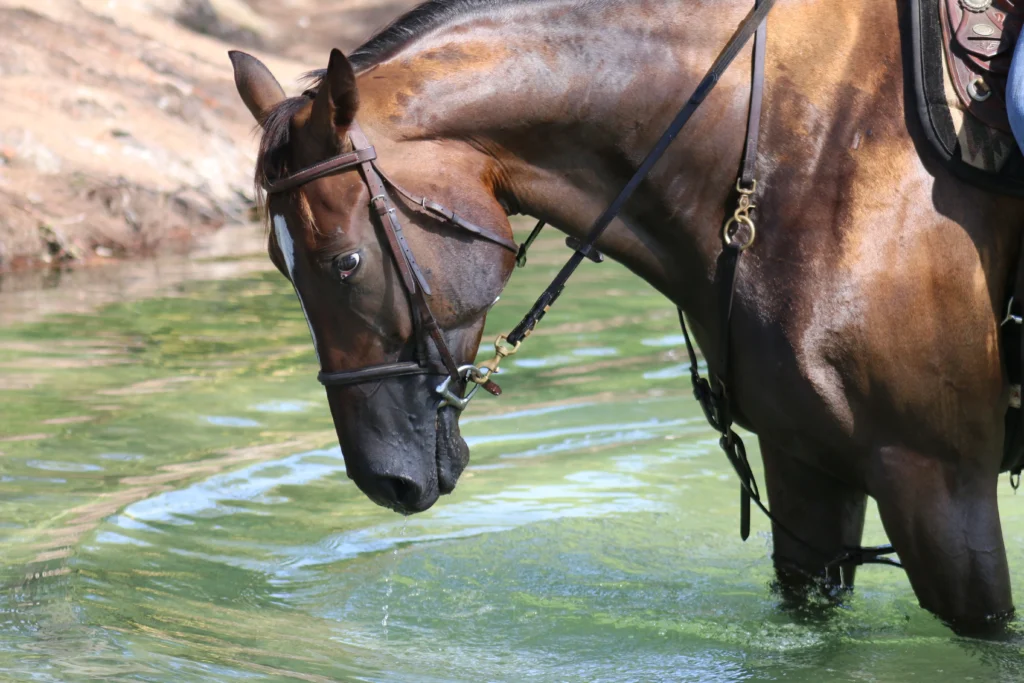
Ongoing education for both horse and rider constitutes a significant portion of monthly horse expenses that new owners often underestimate.
Rider Education
Typical lesson costs include:
- Group Lessons: $35-$75 per hour
- Private Lessons: $50-$150 per hour
- Clinics: $150-$600 per day
- Show Coaching: $50-$150 per day plus expenses
Horse Training
Professional training services include:
- Full Training (horse lives with trainer): $800-$2,000+ monthly
- Partial Training (training rides): $50-$100 per session
- Specialized Training: $75-$200 per session for specific issues or advanced skills
- Starting Young Horses: $900-$1,500+ monthly for 3-6 months
According to US Equestrian, the national governing body for equestrian sport: “Continued education represents one of the most important investments in both safety and enjoyment for equestrians. While costs vary significantly, setting aside 10-15% of your horse budget for ongoing training helps ensure a successful partnership.”
Competition Costs
For those interested in showing:
- Show Entries: $20-$200+ per class
- Hauling: $1-$3 per mile
- Stabling: $50-$300 per event
- Coaching: $50-$150 per day
- Membership Fees: $50-$200+ annually per organization
Shocking Expense #7: Time-Related and Indirect Costs
The cost of owning a horse extends beyond direct financial outlays to include significant time investments and opportunity costs.
Time Investment
According to the Certified Horsemanship Association, proper horse care requires:
- Daily Care: 1-3 hours daily for feeding, grooming, turnout, and exercise
- Facility Maintenance: 5-10 hours weekly for self-care boarding situations
- Transportation Time: Travel to and from boarding facility
- Skill Development: Time spent learning and practicing horsemanship skills
Financial planner Cynthia Meyer, who specializes in hobby expenditure planning, notes: “The time commitment of horse ownership often has indirect financial impacts through opportunity costs or potential income reduction. For working professionals, this can sometimes exceed the direct monetary costs.”
Property-Related Expenses
For those keeping horses at home:
- Facility Creation: $10,000-$100,000+ for shelter, fencing, and water systems
- Arena Construction: $20,000-$200,000 depending on size and features
- Property Taxes: Potentially higher for equestrian properties
- Insurance: Additional liability coverage recommended ($300-$600 annually)
- Equipment: Tractor, manure spreader, water tanks, etc. ($5,000-$30,000)
- Maintenance: Ongoing repairs to fencing, structures, and equipment
Transportation Costs
Horse mobility requires:
- Trailer Purchase: $5,000-$75,000+
- Tow Vehicle: Often necessitates upgrading to suitable truck ($40,000-$80,000)
- Maintenance: Trailer maintenance, inspections, and repairs ($500-$1,000 annually)
- Insurance: Specialized coverage for horse trailers ($150-$500 annually)
- Fuel Costs: Significantly higher when towing
Understanding the True Annual Cost of Horse Ownership
When all expenses are tallied, the average horse cost annually typically falls within these ranges based on care levels:
Economy Care (Minimum Recommended Standards)
- Purchase: $1,000-$3,000 (amortized over expected years of ownership)
- Boarding: $1,200-$4,800 annually (self-care or pasture board)
- Feed & Bedding: $1,000-$2,000 annually
- Veterinary Care: $800-$1,500 annually
- Farrier: $300-$800 annually (primarily trimming)
- Insurance/Emergency Fund: $0-$500 (minimal coverage)
- Equipment: $500-$1,000 (basic, second-hand equipment)
- Training/Education: $0-$1,000 (minimal professional assistance)
- Miscellaneous: $300-$600
- Total Annual Cost: $4,100-$11,700 ($340-$975 monthly)
Average Care (Standard Recreational Horse)
- Purchase: $5,000-$10,000 (amortized over expected years of ownership)
- Boarding: $4,800-$12,000 annually (full-care board)
- Feed & Supplements: $1,500-$3,000 annually
- Veterinary Care: $1,500-$3,000 annually
- Farrier: $800-$2,400 annually (shoes on at least front feet)
- Insurance/Emergency Fund: $500-$1,500 annually
- Equipment: $1,000-$2,500 annually (quality tack and maintenance)
- Training/Education: $1,200-$3,600 annually (regular lessons)
- Miscellaneous: $600-$1,200 annually
- Total Annual Cost: $11,900-$29,200 ($990-$2,430 monthly)
Premium Care (Competition or Performance Horse)
- Purchase: $15,000-$50,000+ (amortized over expected years of ownership)
- Boarding: $9,600-$30,000 annually (premium full-care or training board)
- Feed & Supplements: $2,500-$5,000 annually (specialized nutrition)
- Veterinary Care: $3,000-$7,000 annually (including preventative therapies)
- Farrier: $2,400-$5,000 annually (specialty shoeing)
- Insurance: $1,500-$5,000 annually (full coverage on valuable horse)
- Equipment: $2,500-$10,000 annually (competition-quality gear)
- Training/Competition: $6,000-$50,000+ annually (regular training and showing)
- Miscellaneous: $1,200-$5,000 annually
- Total Annual Cost: $28,700-$117,000+ ($2,390-$9,750+ monthly)
According to The Equestrian Channel, a 2023 survey of horse owners found the overall average annual cost across all types of horse ownership was approximately $19,000, with significant regional variations.
Strategies for Managing Horse Ownership Costs
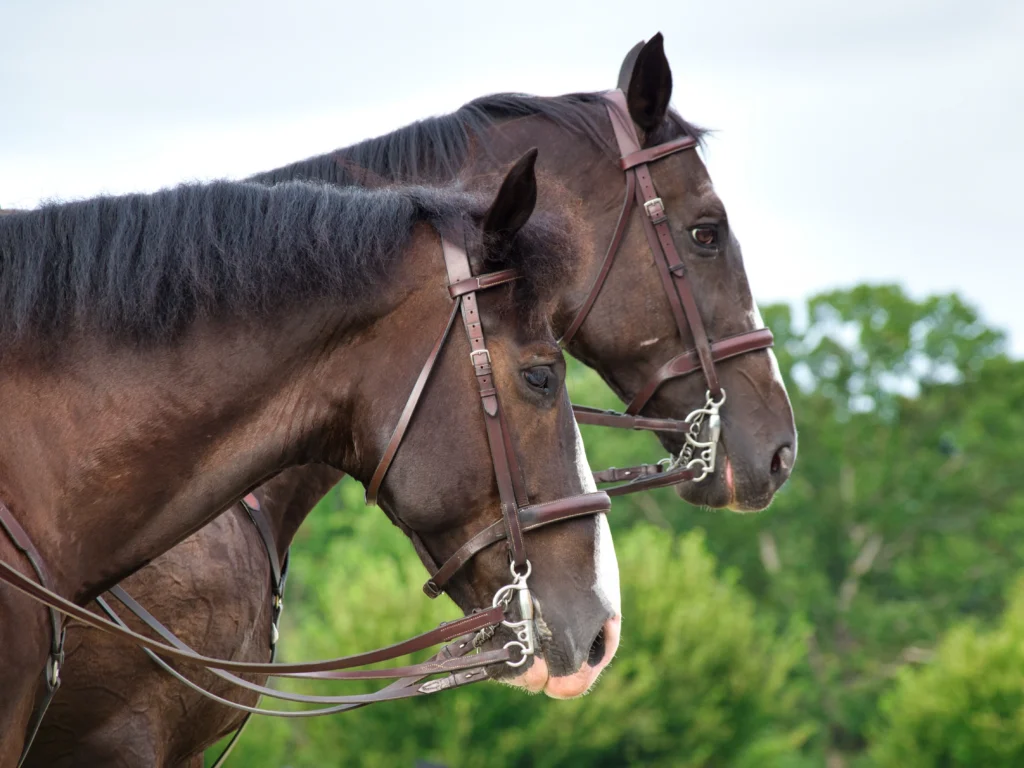
While the horse maintenance cost is substantial, several strategies can help manage expenses:
1. Leasing vs. Buying
The American Horse Council highlights leasing as an increasingly popular option:
- Full Lease: Approximately 25-30% of the horse’s value annually, plus some or all care costs
- Partial Lease: Shared time and costs with the owner
- Benefits: No purchase investment, reduced responsibility, try-before-you-buy
2. Co-Ownership Arrangements
Sharing ownership can reduce costs:
- Partnership: Formally sharing purchase and ongoing costs
- Syndication: Multiple owners sharing a single horse
- Considerations: Clear contracts and expectations are essential
3. Prioritizing Expenses
Equine financial consultant Joan Johnson recommends:
- Never Compromise: Nutrition, basic veterinary care, hoof care
- Flexibility Possible: Boarding amenities, show frequency, equipment upgrades
- Creative Solutions: Bartering services, working at the barn for reduced board, bulk purchasing
4. Tax Considerations
Some horse expenses may have tax implications:
- Business Use: Breeding, training, or lesson operations may qualify for deductions
- Agricultural Exemptions: Some states offer property tax benefits for equestrian properties
- Donation Value: Donating a horse to qualified organizations may provide tax benefits
Equine tax specialist Julian Rosenthal advises: “While most recreational horse owners cannot deduct expenses, keeping detailed records is still important for insurance purposes and identifying cost-saving opportunities.”
Conclusion: Is Horse Ownership Worth the Cost?
The true cost of owning a horse extends far beyond the initial purchase price, with monthly horse expenses often reaching $1,000 or more for standard care. However, for dedicated equestrians, the intangible benefits—companionship, outdoor connection, skill development, and the unique horse-human bond—provide value beyond monetary measurement.
Understanding and preparing for the financial reality of horse ownership is essential for both the owner’s financial health and the horse’s welfare. By researching costs specific to your region, creating a comprehensive budget that includes emergency funds, and making informed choices about care levels, prospective owners can make responsible decisions about bringing a horse into their lives.
As the old equestrian saying goes, “The purchase price is the least expensive part of horse ownership.” But with proper planning and realistic expectations, the rewards of this extraordinary partnership can far outweigh the costs for those truly dedicated to equestrian pursuits.
FAQs About Horse Costs
Q: Is there a less expensive breed or type of horse to own?
A: While purchase prices vary dramatically by breed, the monthly horse expenses for basic care remain relatively consistent regardless of breed. However, horses with specialized needs (like some warmbloods requiring premium nutrition) or breeds prone to certain health issues may have higher lifetime costs. Generally, hardy breeds like Quarter Horses, Morgans, and mustangs tend to have fewer specialized care requirements.
Q: How can I determine if I can afford a horse?
A: Financial advisors specializing in major lifestyle purchases suggest you should be able to comfortably afford three times the anticipated monthly cost before considering horse ownership. This provides buffer for emergencies and unexpected expenses. For a horse with projected monthly horse expenses of $1,000, you should ideally have $3,000 of monthly discretionary income and a minimum emergency fund of $3,000-$5,000 specifically for horse-related emergencies.
Q: Are there significant cost differences between keeping a horse at home versus boarding?
A: While keeping a horse at home eliminates boarding fees, the Equine Land Conservation Resource indicates that the initial setup costs for proper at-home horse keeping facilities often exceed $10,000-$15,000. Additionally, the value of your time for daily care must be considered. For properties with existing appropriate facilities and owners with flexible schedules, at-home care can be more economical in the long run despite higher initial investment.
Q: How do costs change as horses age?
A: Senior horses (typically 18+ years) often have increased horse maintenance cost in specific categories. According to The American Association of Equine Practitioners, senior horses typically require:
- More frequent dental care
- Additional supplements for joint health and digestion
- Specialized senior feeds (typically 20-40% more expensive)
- More frequent veterinary monitoring
- Potential medication for conditions like Cushing’s Disease or arthritis
However, these increased care costs may be partially offset by reduced activity levels and potentially lower boarding costs if competition amenities are no longer needed.





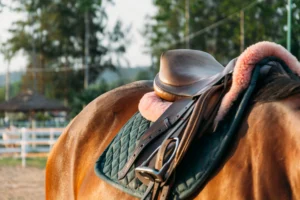
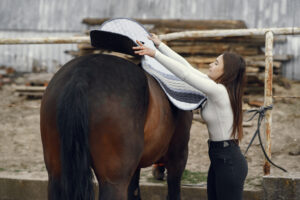
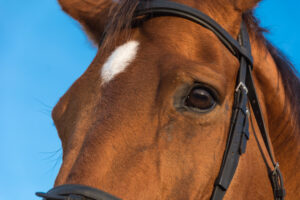
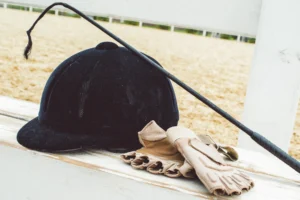
Hello,
Exclusive promo quality music for DJs https://0daymusic.org
MP3/FLAC, label, music videos. Fans giving you full access to exclusive electronic, rap, rock, trance, dance… music.
0day team.